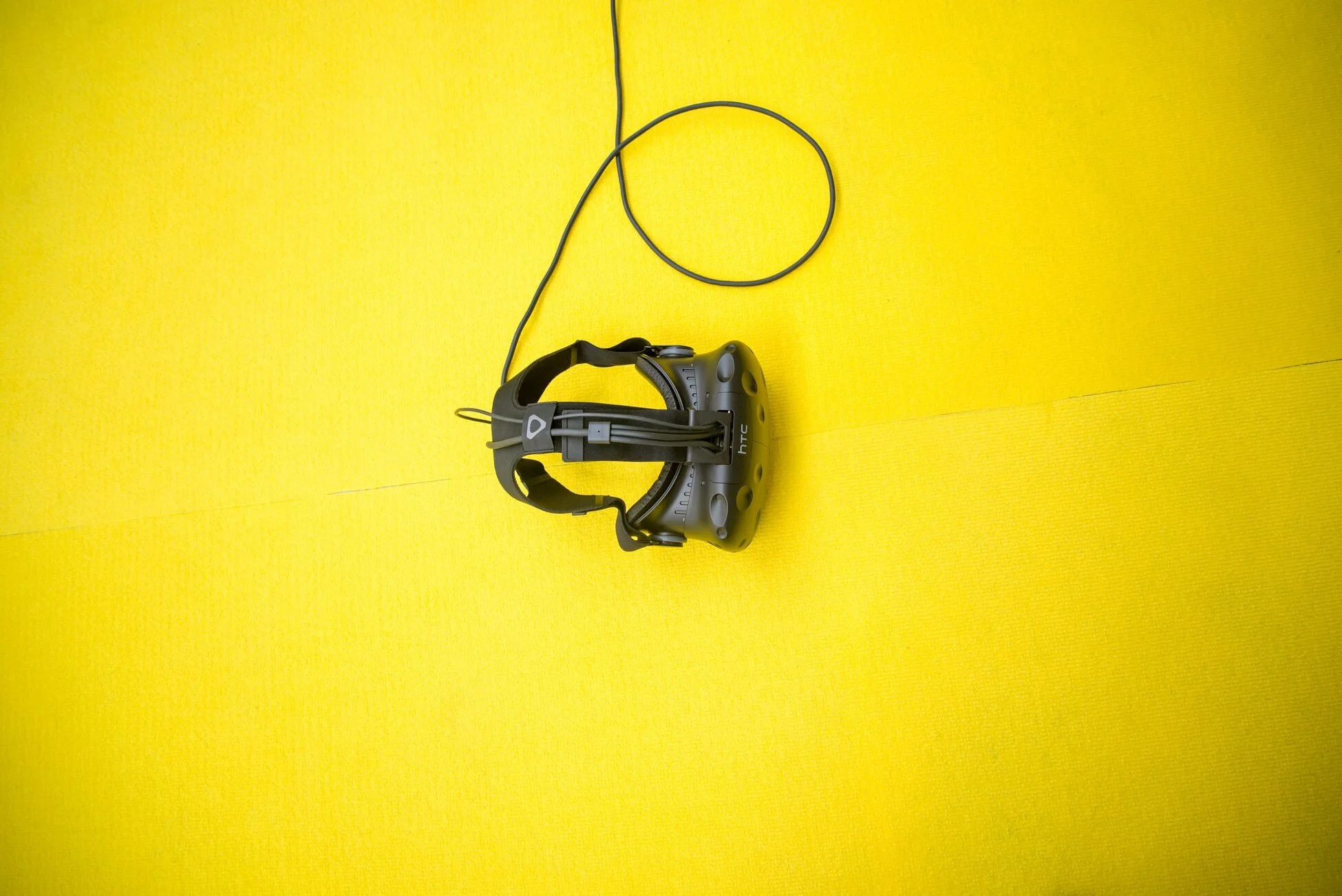VR in Architecture
Coming from Physical Design & Architecture, and working in Tech the past couple years, I always get extremely excited to the many amazing future possibilities of Virtual Reality (VR) in the design-build industry.
3 years ago, I got a rare opportunity to test the one-of-a-kind architecture VR technology. Even though VR had been invented and known for quite a while, it was a completely recent add-on and still being introduced gradually into the architecture industry to this day. VR greatly enhances storytelling for the built environment, and gives users an immersive realistic preview experience of the proposed space, long before real construction even begins — a magnificent milestone in the industry, which was impossible just 5 years ago.
VR technology serves as a connecting bridge between architect, designer, contractor, and most importantly, the client, who might not have an architectural background and often find it difficult to imagine 3D space from 2D flat drawings on paper. VR users are placed inside a digital building/built environment model, typically built using a Building Information Modeling (BIM) software, like Autodesk Revit, or built using a more advanced modeling software, like Unreal Engine, which is a game environment creator and has the capability of adding more realistic textures and lighting to the model.
Using the handheld controllers, users are then abled to explore inside this digital model and really experience what and how the space looks like. They can also do mark-ups inside the 3D space, and really control what they want to see and what not of the model. For example, they don’t want to see the walls, but they would like to see the floor. Users have the control and the freedom to control their surroundings by turning on and off the layers, which have been set up before going into the virtual reality world, using their handheld controllers. This is particularly helpful and powerful during the Design Phase of a project, where clients would be able to quite literally, see and feel the space and the details, make mark-ups, and give feedback to the architect.
Let’s travel a little bit to the past.
It is quite remarkable how technology has advanced these past 20 years. Mobile phones, internet, computers, tablets, game consoles, motion pictures, cameras, music players, augmented reality, virtual reality and even artificial intelligence. These are just some examples of many more examples of technology that have evolved dramatically, let’s say, since the 1990's.
I remember using my father’s first ever laptop — a small, very heavy, thick, black laptop with a giant stylus attached to it. This was around 1998 when I was 4 years old. At that time, I was so amazed, and I played Solitaire there all the time with my father. It was the first digital game I had ever encountered.
I remember seeing one of the first ever gaming mobile phones, Nokia’s N-Gage, and how everyone at school was addicted to it. I remember taking family pictures with a big, heavy camera, and needing to change the film strip every now and then. I remember playing games in Nintendo 64, or the first ever compact gaming device, like Gameboy Color or the foldable Gameboy SP, with very limited screen colors and pixels — something that was an amazing achievement during that time. I remember listening to music using Walkman, or watching Toy Story through the giant record disc; there was no Youtube or online shopping at that time. I remember playing with Pleo, my first ever “robotic dinosaur pet”, which reacted to touch and sound, back in early 2000’s, and something that is still considered fairly new and unusual even to this day.
Think about it for a moment.
I bet you can think of a lot more technology advancement than just the ones mentioned above. I found it unbelievable and exciting to see where our creativity, knowledge, and growing needs for experiences and entertainment, will take us through the 21st century—to see how technology is evolving every day as we speak, and to see how technology creates compelling experiences, pushing boundaries, exploring creativity, blowing minds, helping humans, transporting us to a different world, and creating memories.



